My Favourite Painting: Andrew Lloyd Webber
Andrew Lloyd Webber chooses his favourite painting for Country Life.
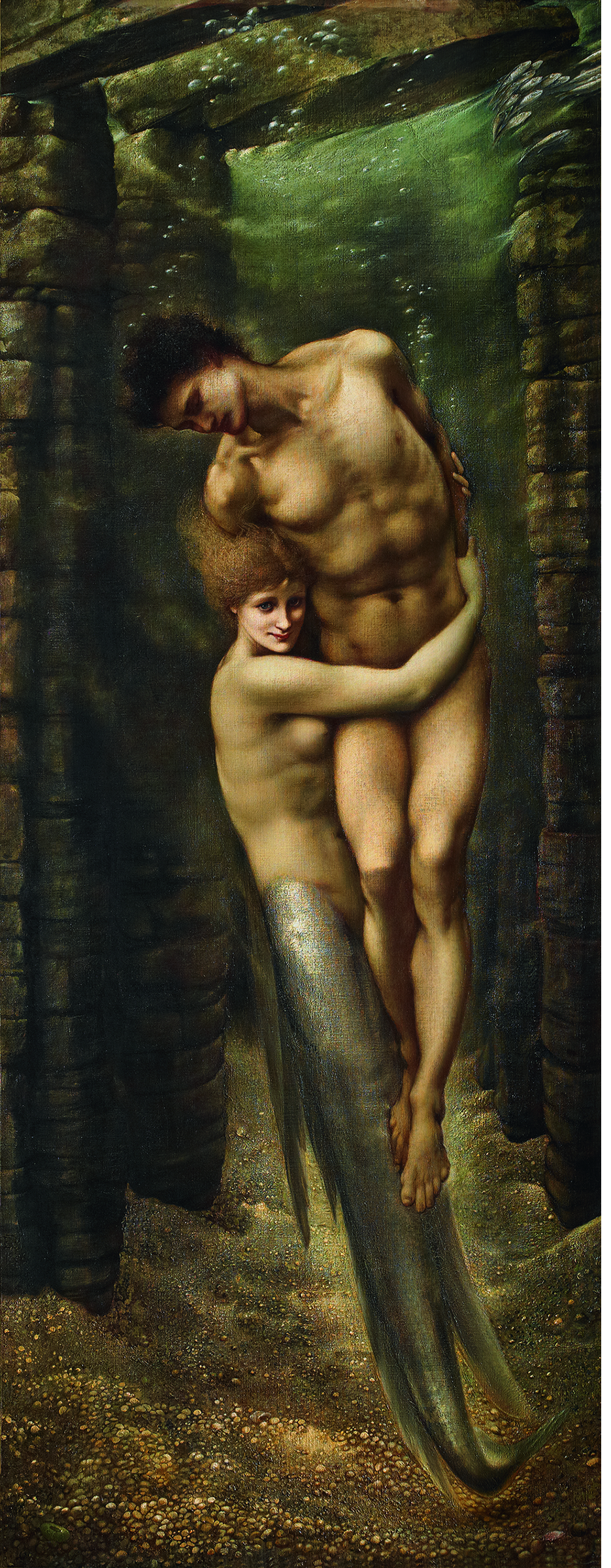

The Depths of the Sea, 1886, by Sir Edward Burne-Jones Bt (1833–98), 771⁄2in by 291⁄2in, Collection: Lord Lloyd-Webber.
Andrew Lloyd Webber says: 'If, when you hear the name Burne-Jones, you think of angels and stained-glass windows, look at the face of the mermaid in this extraordinary, supercharged picture and think again. The Victorians were obsessed with mermaids, those creatures of transformations with the power to kill and regenerate, but not to die. No picture I know, the Mona Lisa included, has such a haunting enigmatic female face as the mermaid in this, the first of two versions of this subject. What demonic sexual magic lurks within this pre-Christian creature, who stares at us so knowingly, so provocatively?'
Lord Lloyd-Webber is a composer and musical-theatre impresario.
John McEwen comments: Burne-Jones was the leading light of the Royal Academy’s main rival, the Grosvenor Gallery, so he was surprised to be elected an Associate Member in 1885. He accepted, touched by the approval of his peers and the encouragement of the President, Sir Frederic Leighton. Amid much expectation, he exhibited this picture in 1886.
To paint it, he used a glass tank another artist, Henry Holiday, had set up for a picture of Rhinemaidens. Holland’s tank contained water dyed blue-green, three tinted sculptures of nymphs, similarly modelled rocks and pebbled sand. The result bore out Henry James’s observation that, for all their fantasy, Burne-Jones’s pictures had required ‘a vast deal of “looking”’. It was Leighton who insisted on the shoal of sprats; he thought they would ‘bring home to the vulgar eye’ the effect of ‘underwateriness’.
Mermaids were a poetic preoccupation of many high-Victorian writers and artists, Leighton not least, and, for Burne-Jones, this was further encouraged when he bought a house at Rottingdean on the Sussex coast. Margot Asquith’s older sister, Laura, may have inspired the mermaid’s face or it may have been a young girl the artist saw in the woods, whom he considered ‘a nixie... come up from a well’. However, a surviving drawing suggests it was a professional model.
The picture was insensitively hung at its unveiling below a stag-hunting scene. Burne-Jones did not exhibit again as an Academician and resigned, much to Leighton’s dismay, in 1893. The following year, he received a baronetcy. The picture entered Lord Lloyd-Webber’s collection in 2012.
Sign up for the Country Life Newsletter
Exquisite houses, the beauty of Nature, and how to get the most from your life, straight to your inbox.
This article was first published in Country Life, November 19, 2014
More from the My Favourite Painting series
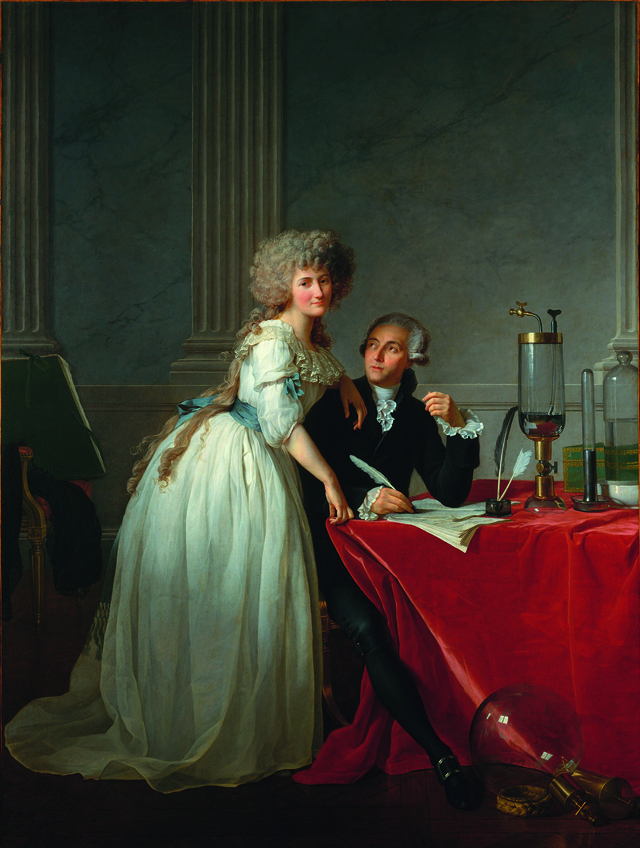
My favourite painting: Paul Nurse
Paul Nurse chooses his favourite painting for Country Life.
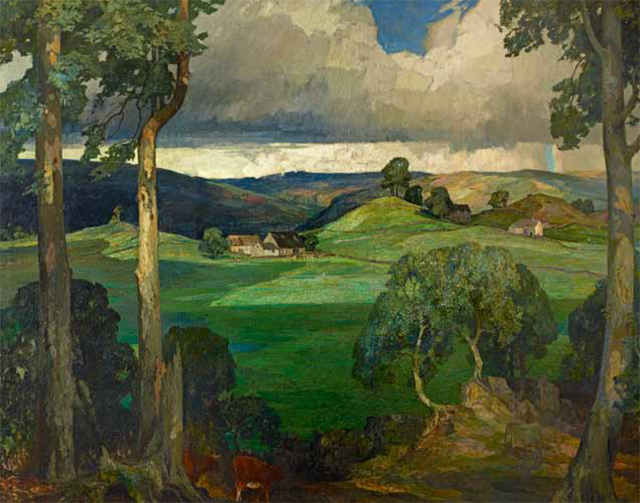
My Favourite Painting: HRH The Prince of Wales
HRH The Prince of Wales chooses his favourite painting for Country Life.
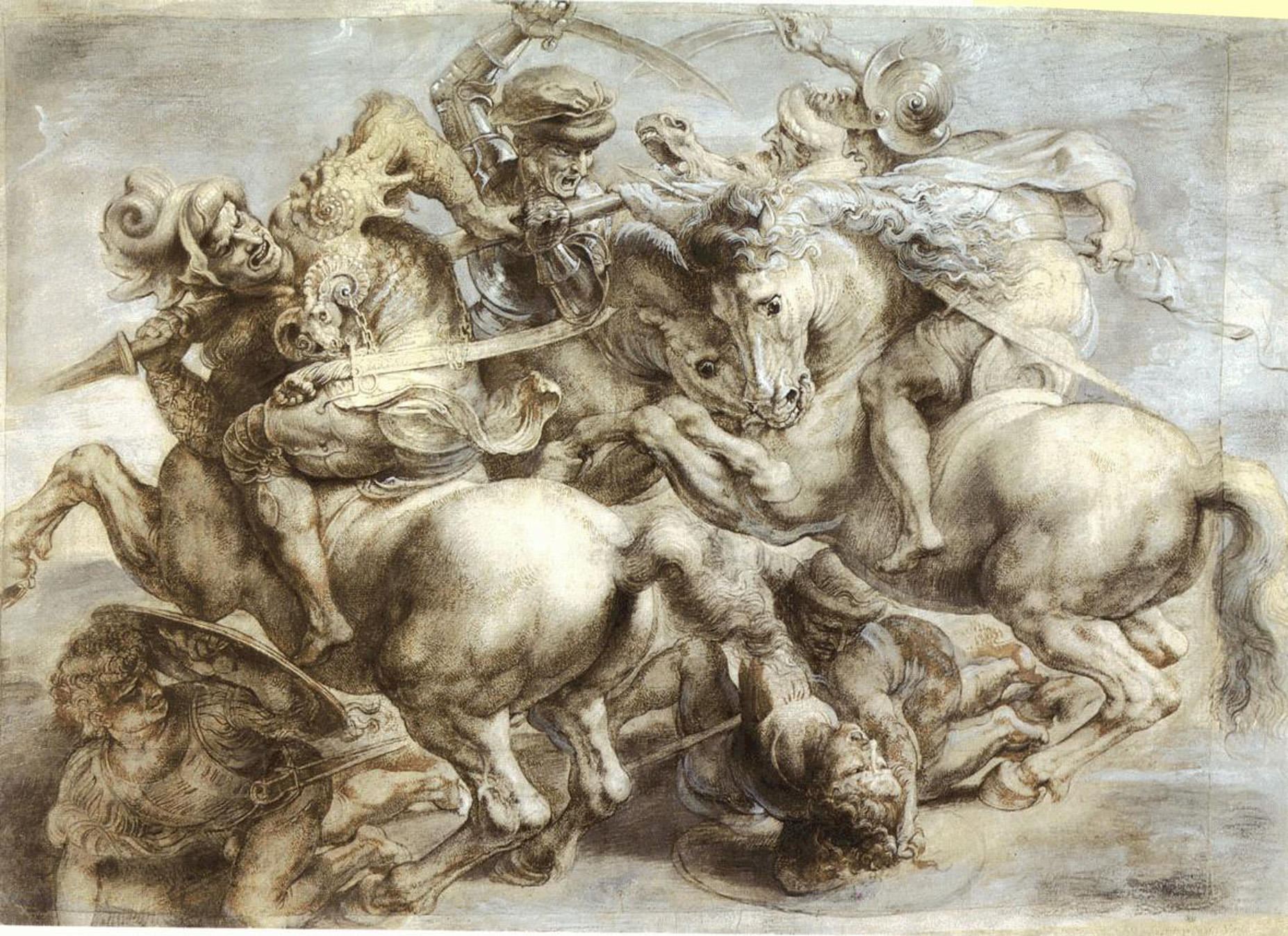
My Favourite Painting: Virginia Wade
Virginia Wade chooses her favourite painting for Country Life.
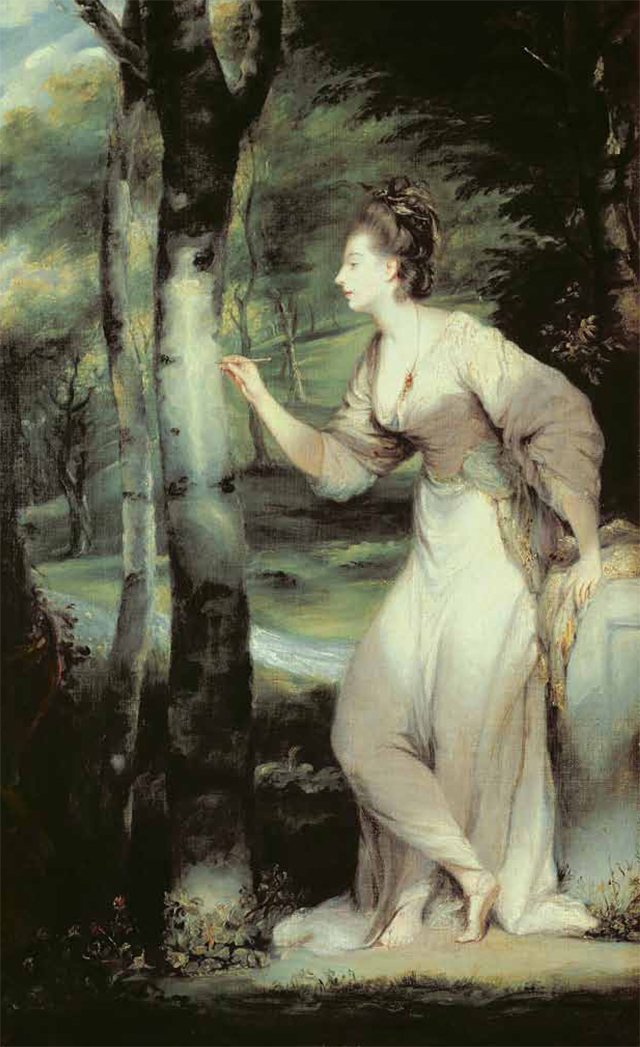
My Favourite Painting: Bruce Oldfield
Bruce Oldfield chooses his favourite painting for Country Life.
Country Life is unlike any other magazine: the only glossy weekly on the newsstand and the only magazine that has been guest-edited by HRH The King not once, but twice. It is a celebration of modern rural life and all its diverse joys and pleasures — that was first published in Queen Victoria's Diamond Jubilee year. Our eclectic mixture of witty and informative content — from the most up-to-date property news and commentary and a coveted glimpse inside some of the UK's best houses and gardens, to gardening, the arts and interior design, written by experts in their field — still cannot be found in print or online, anywhere else.
-
 Ford Focus ST: So long, and thanks for all the fun
Ford Focus ST: So long, and thanks for all the funFrom November, the Ford Focus will be no more. We say goodbye to the ultimate boy racer.
By Matthew MacConnell
-
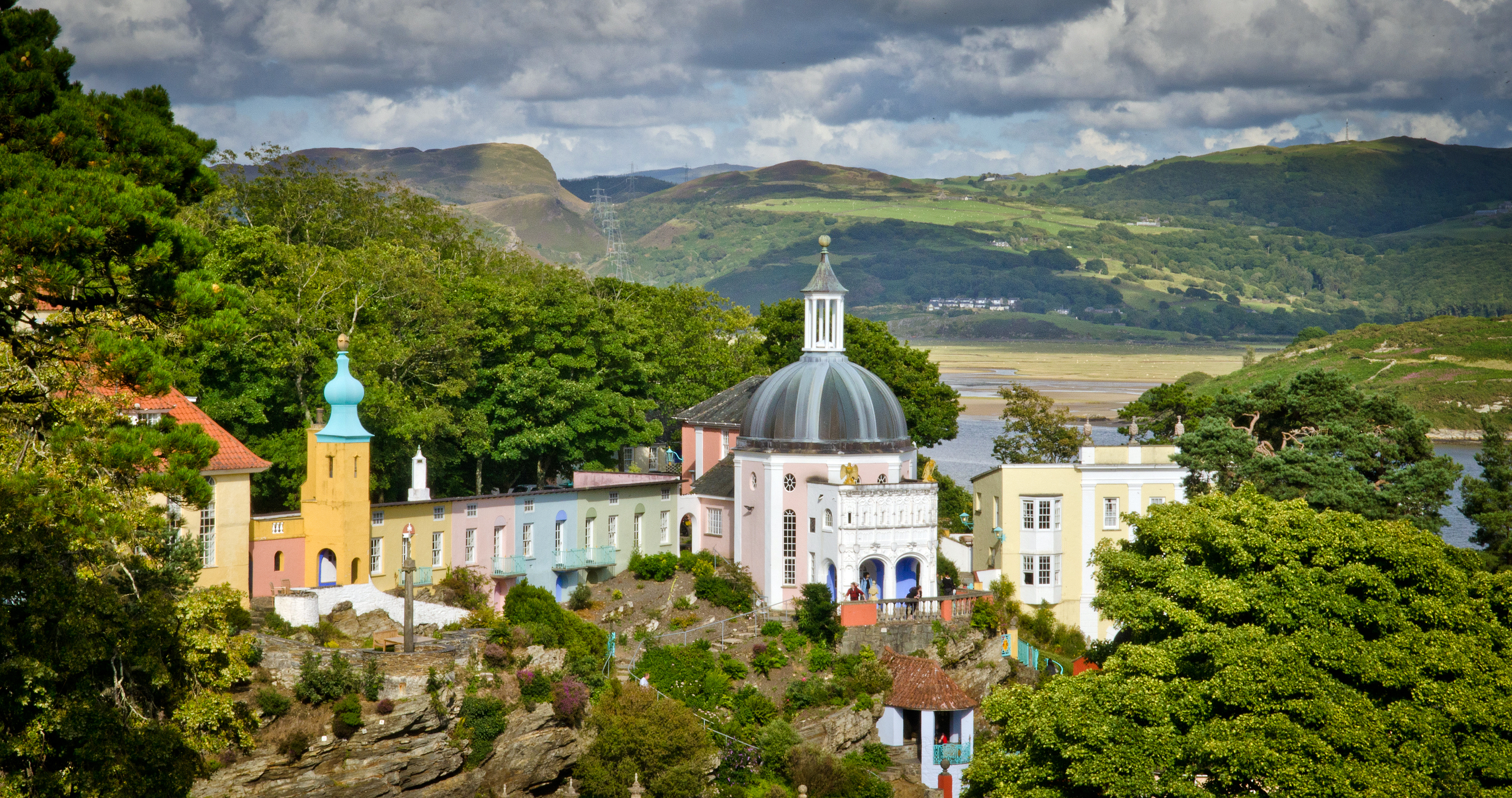 ‘If Portmeirion began life as an oddity, it has evolved into something of a phenomenon’: Celebrating a century of Britain’s most eccentric village
‘If Portmeirion began life as an oddity, it has evolved into something of a phenomenon’: Celebrating a century of Britain’s most eccentric villageA romantic experiment surrounded by the natural majesty of North Wales, Portmeirion began life as an oddity, but has evolved into an architectural phenomenon kept alive by dedication.
By Ben Lerwill
-
 My favourite painting: Allan Mallinson
My favourite painting: Allan MallinsonMilitary historian Allan Mallinson picks an image of 'faith, generosity and ultimate sacrifice'.
By Charlotte Mullins
-
 My Favourite Painting: Piet Oudolf
My Favourite Painting: Piet Oudolf'One cannot sense whether he is far out on the ocean or closer to shore, or what he may be watching or feeling in that moment as he stares towards the beach.’
By Country Life
-
 My Favourite Painting: Mary Plazas
My Favourite Painting: Mary Plazas'There is compassion, awe, humility, a knowing yet a questioning in the glistening eyes. It moves me, it inspires me beyond the need to know.’
By Country Life
-
 My favourite painting: Robert Kime
My favourite painting: Robert KimeRobert Kime shares his fondness for New Year Snow by Ravilious
By Country Life
-
 My Favourite Painting: Anna Pavord
My Favourite Painting: Anna PavordAnna Pavord chooses a picture which reminds her of where she grew up
By Country Life
-
 My favourite painting: The Duchess of Wellington
My favourite painting: The Duchess of WellingtonThe Duchess of Wellington chooses her favourite painting for Country Life.
By Country Life
-
 My favourite painting: Maureen Lipman
My favourite painting: Maureen LipmanMaureen Lipman chooses her favourite painting for Country Life.
By Country Life
-
 My favourite painting: Jacqueline Wilson
My favourite painting: Jacqueline Wilson'I looked at this painting and decided to write about a Victorian circus girl one day'
By Country Life